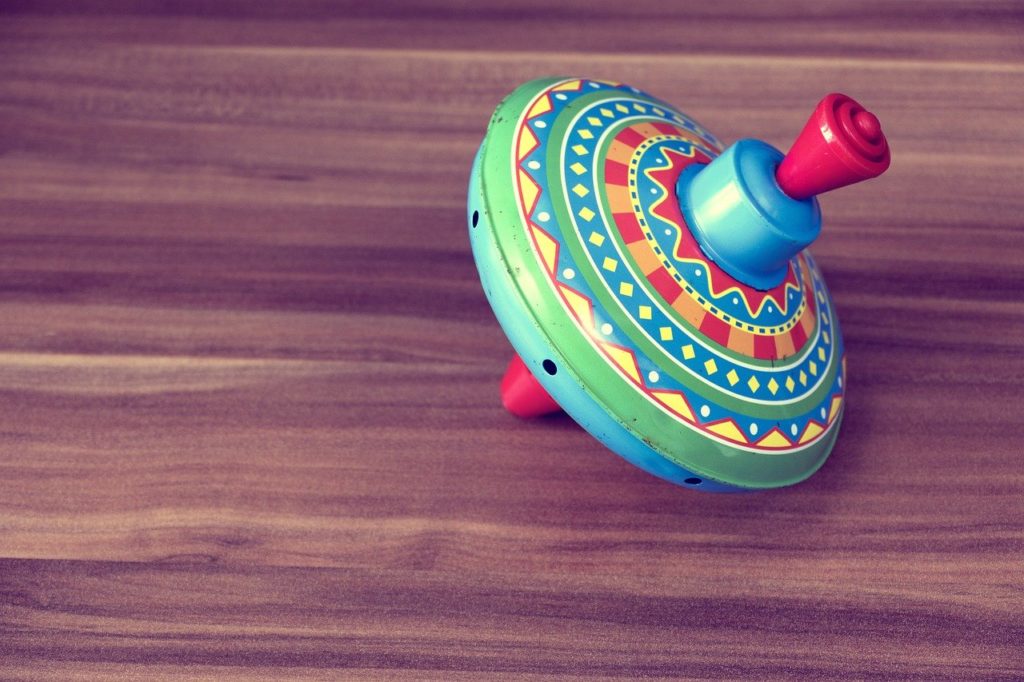All opinions are mine and mine alone.
Toys – what are the heavy metal dangers?
Typically, when we think of checking toys to make sure they’re safe for children, our thoughts turn immediately to common issues such as small parts posing choking hazards, cuts from sharp edges, shocks from unsafe electrical wiring, and whether any cords or pull strings are long enough to pose any risk of strangulation. But have you ever considered the chemical make-up of the toys in terms of metals? Lead, selenium, arsenic, cadmium, mercury, and barium are all heavy metals known to have been used in toys, and all of which can cause heavy metal related illnesses – if you have been affected, speak to a Walterboro PI lawyer.
In the interest of fullness, the body does actually require a certain amount of metal to function correctly. Iron and zinc, for example, are both essential parts of a balanced diet. However, when we talk about heavy metals entering the system, there are many dangers that parents should be aware of.

The main heavy metal issue – lead toxicity
Lead toxicity occurs where the number of lead particles in the blood per million exceeds a critical number (which can be different for different people, but ideally lead should not be present in the blood). Lead used in paint on some toys can get into the child’s system, and when it does, normal bodily processes concerning the blood can be inhibited. Lead prevents the synthesis of haemoglobin, meaning the child cannot transport as much oxygen around the body. This results in anaemia – if you suspect symptoms of anaemia, speak to your doctor.
Not only is this an issue, but the lead itself can be difficult to remove. While the soft tissues of the body will rid themselves of the lead particles within a few months, the lead can still be found in the bones of people 30 – 40 years after experiencing childhood lead toxicity.
How to avoid issues with heavy metals in toys
Remember, an ounce of prevention is worth a pound of cure – which, in this case, is an old-style way of saying that instead of trying to cure lead toxicity issues (or issues with any of the other heavy metals), why not learn to prevent them from ever occurring?
Buy from modern reputable sources
Don’t forget that older toys may be more susceptible to issues with heavy metals. Always buy your toys from modern sources with a reputable public image.
Price – if it seems too good to be true, it probably is
Price doesn’t always equate to quality, but in the case of toys, a low price may indicate that the toy is counterfeit goods that could contain heavy metals / dangerous chemicals.
If in doubt, check online for product recalls
If there have been any product recalls on toys due to issues with heavy metals, you’ll be able to find this information online.
As a final tip, check the label. If you are buying from a reputable source, the label should be accurate, showing you exactly what materials have been used in the construction of the toy.



Speak Your Mind